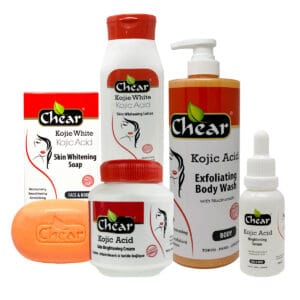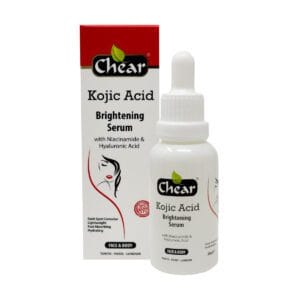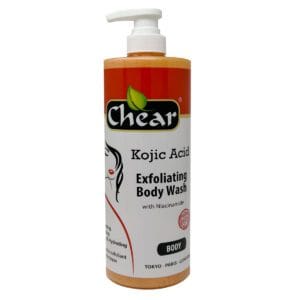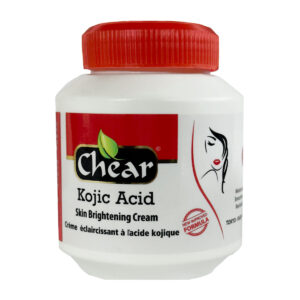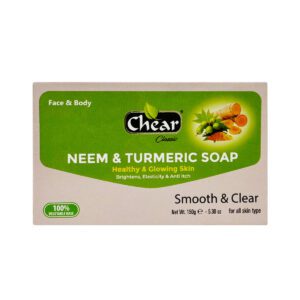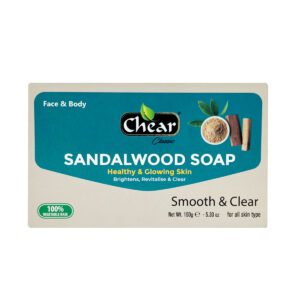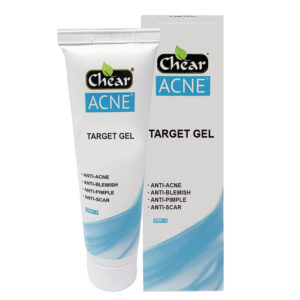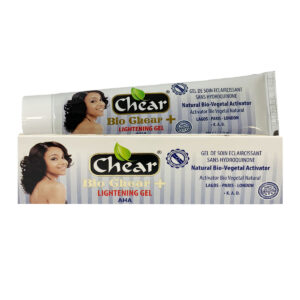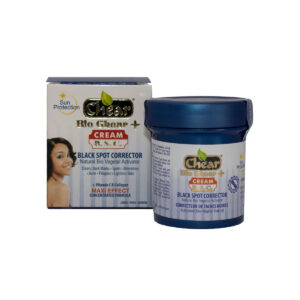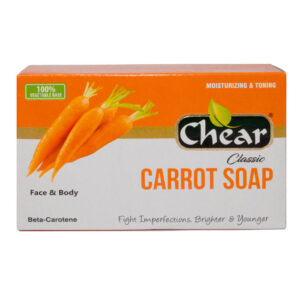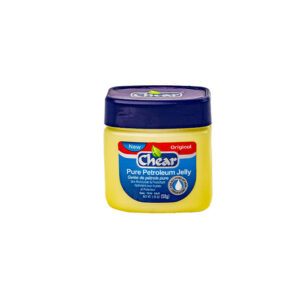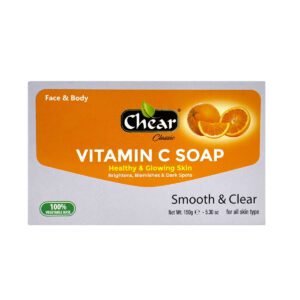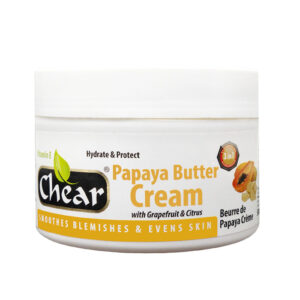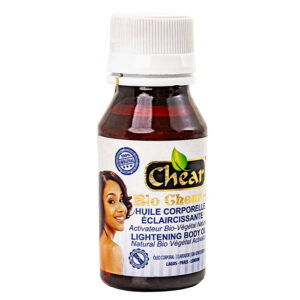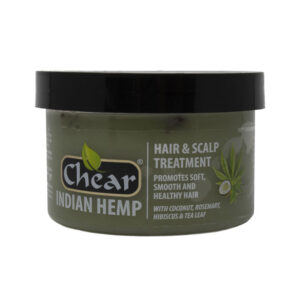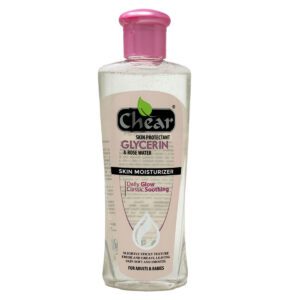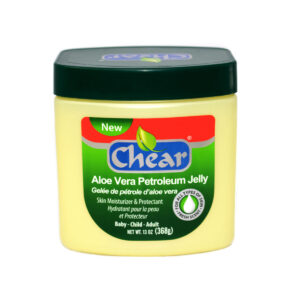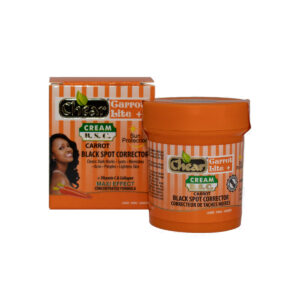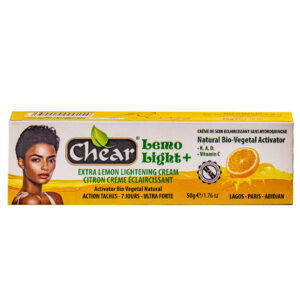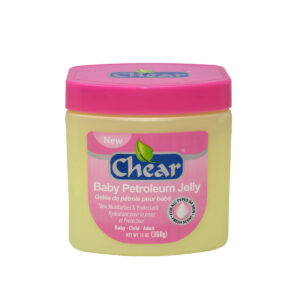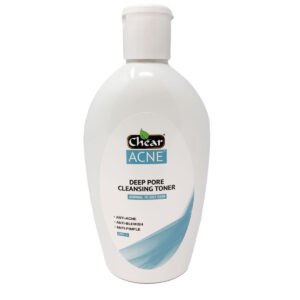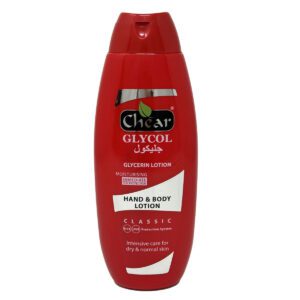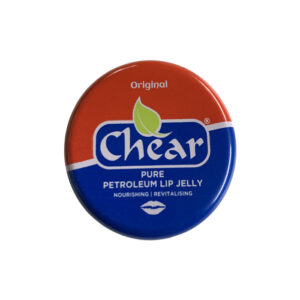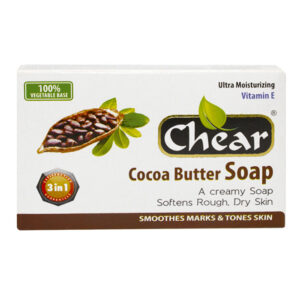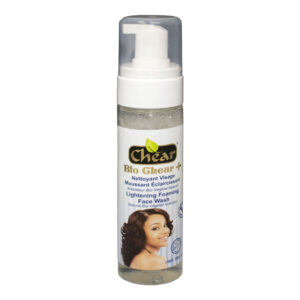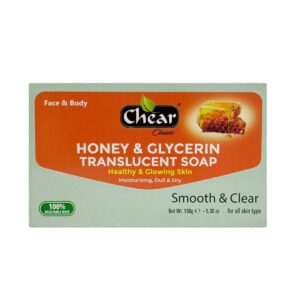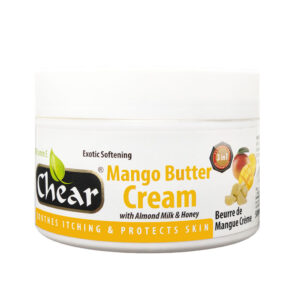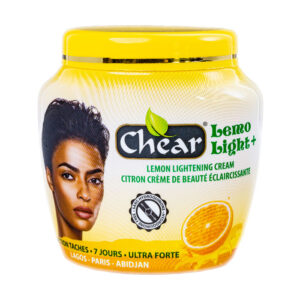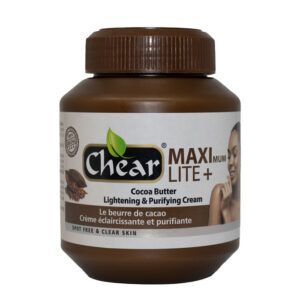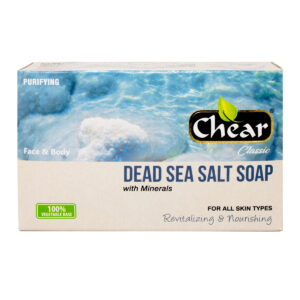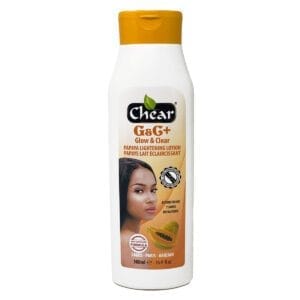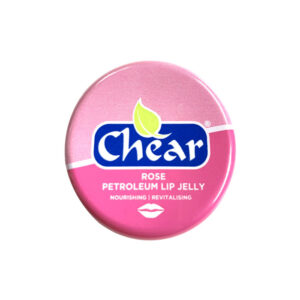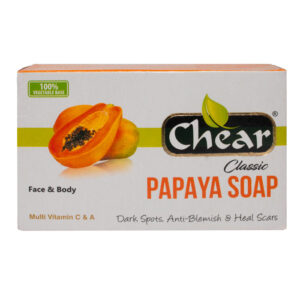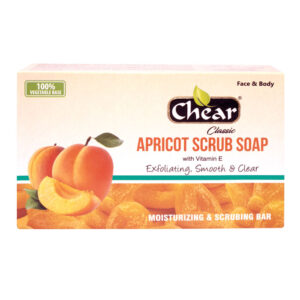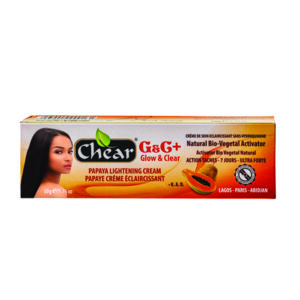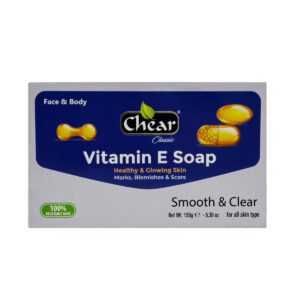- Home
- Beauty Tips
- Skin Types Prone to Dark Spot Hyperpigmentation
Kojic Acid Hyperpigmentation Treatment
Skin Types Prone to Dark Spot Hyperpigmentation: How Kojic Acid Helps
Discover which skin types are prone to dark spot hyperpigmentation and how kojic acid hyperpigmentation treatment can help fade spots effectively. Discover the causes, benefits, and product recommendations for achieving brighter skin.

Hyperpigmentation, those stubborn dark spots that seem to appear out of nowhere, affects millions worldwide. Whether it’s from sun exposure, acne scars, or hormonal changes, these patches can be frustrating. However, understanding your skin type and incorporating targeted treatments, such as kojic acid, can make a significant difference.
In this comprehensive guide, we’ll delve into the skin types most susceptible to dark spot hyperpigmentation, examine its causes, and highlight how kojic acid-based hyperpigmentation treatment offers a research-backed solution. Drawing on expert insights and UK-based dermatological resources, we’ll provide practical advice to help you achieve a radiant, even complexion.
Understanding Hyperpigmentation: What It Is and Why It Happens
Hyperpigmentation occurs when your skin produces excess melanin, the pigment responsible for colour. This leads to darker patches, often on the face, neck, hands, or body. But what triggers this overproduction? Several factors contribute to this, and their impact can vary across different skin types.
First, sun exposure is a primary culprit. Ultraviolet (UV) rays stimulate melanocytes, the cells that produce melanin, causing spots, such as solar lentigines, commonly known as sunspots. Additionally, inflammation from conditions like acne or eczema can result in post-inflammatory hyperpigmentation (PIH), where the skin darkens after healing. Hormonal fluctuations, such as those during pregnancy or from birth control, often lead to melasma, a type of hyperpigmentation that appears as symmetrical patches on the face.
Other causes include genetics, certain medications, and even vitamin deficiencies. For instance, drugs such as antimalarials or chemotherapy agents can induce changes in pigmentation. Moreover, trauma to the skin, such as burns or cuts, might leave behind darker marks, especially in those prone to scarring.
From a multi-angle perspective, hyperpigmentation isn’t just a cosmetic issue; it’s closely tied to overall skin health. Environmental factors, such as pollution, can exacerbate it, while internal problems, like thyroid disorders, may contribute indirectly. Understanding these triggers is key because prevention starts with awareness. For example, if you’re dealing with acne-prone skin, addressing breakouts promptly can reduce the risk of post-inflammatory hyperpigmentation.
In terms of types, hyperpigmentation falls into categories such as melasma, post-inflammatory hyperpigmentation, and age spots. Each responds differently to treatments, but kojic acid hyperpigmentation treatment stands out for its versatility across these forms.
Skin Types Most Prone to Dark Spot Hyperpigmentation
Not all skin is created equal when it comes to risk of hyperpigmentation. The Fitzpatrick scale, a dermatological tool that classifies skin tones based on UV response, helps identify individual vulnerability. This scale ranges from Type I (very fair, always burns) to Type VI (intensely pigmented, never burns), and it’s widely used in the UK to guide treatments.
Individuals with darker skin tones, specifically those with Fitzpatrick Types IV to VI, are particularly prone to hyperpigmentation. Why? These skin types have more active melanocytes, resulting in faster melanin production in response to inflammation or injury. For example, people of Asian, African, or Latin American descent often experience post-inflammatory hyperpigmentation from acne, which can linger for months. In contrast, lighter skin (Types I-III) is more susceptible to sun-induced spots like freckles or age spots, though less likely to develop deep PIH.
However, no skin type is immune. Medium tones (Type III-IV) can exhibit a mix, such as melasma triggered by hormonal changes. Additionally, ageing amplifies risks across all types, as skin thins and melanin distribution becomes uneven. Ethnic groups with pigmented skin, often referred to as “skin of colour,” see higher incidences due to genetic factors.
From another perspective, lifestyle also plays a role. Those with oily or acne-prone skin, which is common in Types III-V, may experience more dark spots from breakouts. Dry skin types, meanwhile, may experience hyperpigmentation due to irritation or flare-ups of eczema. In the UK, where variable weather exposes skin to intermittent sun, even fair types can develop spots if unprotected.
To assess your risk, consider your heritage and past reactions. If spots persist after minor injuries, you’re likely more prone. Fortunately, targeted ingredients like kojic acid can address this issue, regardless of the type.
How Kojic Acid Helps with Hyperpigmentation
Kojic acid, derived from fungi like Aspergillus oryzae, is a powerhouse in skincare. It works by inhibiting tyrosinase, the enzyme essential for melanin synthesis. By blocking this process, kojic acid reduces excess pigment production, fading dark spots over time. This makes it an ideal kojic acid hyperpigmentation treatment for various causes, from sun damage to PIH.
Moreover, kojic acid penetrates the skin to break up existing melanin clusters, promoting a more even tone. Studies show it’s effective for melasma and age spots, often rivalling hydroquinone without the same risks. For instance, in combination with niacinamide, it enhances brightening while soothing inflammation.
From a benefits standpoint, kojic acid not only lightens but also acts as an antioxidant, neutralising free radicals that worsen pigmentation. It has antibacterial properties, making it great for acne-related spots. Additionally, it supports anti-ageing by reducing fine lines caused by sun exposure.
However, like any active, it has potential side effects. Some experience irritation, redness, or dryness, especially at higher concentrations. Individuals with sensitive skin should patch-test, as prolonged use may increase sun sensitivity; always pair with an SPF product. In rare cases, contact dermatitis may occur, but this is minimised with a properly formulated product.
Compared to alternatives like azelaic acid, kojic acid is faster for spot-fading but may require pairing for optimal results. UK experts recommend starting low (0-2%) and building tolerance.
Benefits of Kojic Acid for Different Skin Types
Tailoring kojic acid hyperpigmentation treatment to your skin type maximises benefits. For darker tones (Types IV-VI), it gently fades post-inflammatory hyperpigmentation without bleaching, preserving natural undertones. Lighter skin tone types benefit from its sunspot reduction.
Additionally, its antifungal properties help with conditions like pityriasis versicolor, which can cause hypopigmentation in contrast. For oily skin, it unclogs pores while brightening the complexion. Dry types appreciate moisturising formulas that include it.
From a holistic angle, kojic acid supports overall radiance, making it superior to harsher lighteners. Unlike hydroquinone, which is banned in some cosmetics due to safety concerns, kojic acid is a natural and widely approved ingredient.
Incorporating Kojic Acid into Your Routine: Product Recommendations
Ready to try kojic acid hyperpigmentation treatment? Start with gentle products and build gradually. Cleanse, apply kojic acid, moisturise, and always use sunscreen.
For a focused approach, check out Chear Beauty’s kojic acid skincare lightening range. The Kojic Acid Exfoliating Cleansing Body Wash (£7.49) gently exfoliates while brightening, making it ideal for addressing body hyperpigmentation. Another skin-washing product that stands out is the Kojic Acid Skin Lightening Face & Body Washing Soap Bar (£4.99), which is perfect for pore cleansing and daily skin lightening.
For dark spot treatment, Chear Kojic Acid Skin Brightening Serum (£7.49) combines kojic acid with niacinamide for targeted fading of spots on the face and body. Apply twice daily for best results.
Other standouts include the Kojic Acid Skin Brightening Cream (£7.49) for daily hydration and fading, and the Kojic Acid Skin Lightening Body Lotion (£7.49) for all-over moisture.
For a complete regimen, the Kojic Acid Face & Body Skin Lightening Kit (£32.99) includes five items for comprehensive care.
These products emphasise natural lighting, making them better than generic options lacking potency. Pair with a broad-spectrum SPF to protect gains.
Kojic Acid Face & Body Skin lightening kit (5 Items)
Kojic Acid Exfoliating Cleansing Body Wash For Brightening Skin 1000ml
Prevention Strategies and Lifestyle Tips
Prevention is crucial alongside treatment. Wear SPF 30+ daily, even in the UK’s cloudy weather. Avoid picking at spots to prevent PIH.
Additionally, incorporate antioxidants like vitamin C for synergy with kojic acid.
For long-term results, maintain consistency, and hyperpigmentation fades gradually over time. If severe, seek dermatological advice.
The verdict: Achieve Brighter Skin with Kojic Acid
Hyperpigmentation affects various skin types, but with kojic acid hyperpigmentation treatment, fading dark spots is achievable. From understanding risks via the Fitzpatrick scale to selecting products like those from Chear Beauty, you’re equipped for success.
Remember, patience is key, and results build over weeks. If you’re unsure about your skin type or routine, consult a professional. For more, explore https://chearbeauty.com/product-category/kojic-acid-skincare-lightening/.
References
NHS – Hyperpigmentation
BJD – Equity in Skin Typing; Harley Street Dermatology Clinic
Nature – Unravelling Tyrosinase Inhibition
PMC – HQ vs. Kojic Acid in Melasma; PMC – Kojic Acid Combinations.
Healthline – Kojic Acid Benefits & Side Effects
Guardian – Illegal Skin Lighteners; BBC – Avoid Skin-Lightening Creams
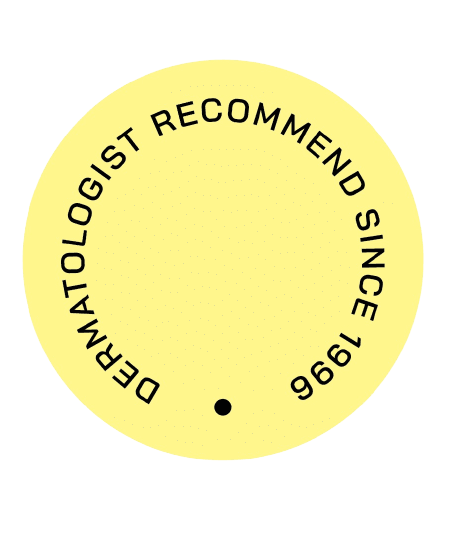
Chear Beauty @ Sonik Products Ltd | Company No: 3184821
Chear Beauty @ Sonik Products Ltd, Block C, Woodside End, Wembley Alperton, Middlesex HA0 1UR
